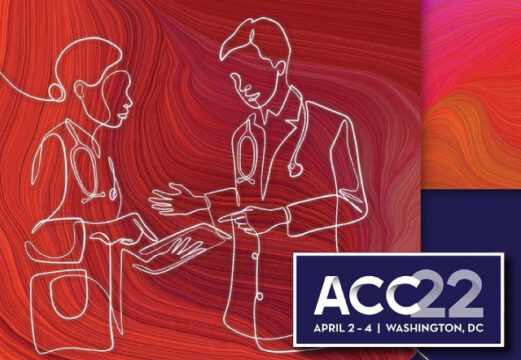Patients with cardiac failure with reduced ejection fraction (HFrEF) are sub treated when you look at guideline-directed medical therapy (GDMT).

The aim of this study was to assess if, using an electronic registry, we can alert treating physicians and optimize medical treatment.
100 healthcare professionals (doctors, nurses, etc) were randomized to receiving and alert or receiving no alert.
Primary end point was an increase in the number of GDMT indications prescribed at 30 days.
It included 1310 ambulatory patients, mean age 72, 31% women. Mean ejection fraction was 32%. Primary end point reached 26% in the alert group vs 19% in the no alert group. There was over 40% increased GDMT optimization in the alert group (P=0.03).
Conclusion
Patients on the alert electronic scheme increased prescription rate and optimized GDMT.

Dr. Andrés Rodríguez.
Member of the Editorial Board of SOLACI.org .
Reference: Van Spall HGC, Fonarow G, Mamas MA. Under-utilization of guideline-directed medical therapy in heart failure: can digital health technologies PROMPT change? J Am Coll Cardiol. 2022;Epub ahead of print.
Subscribe to our weekly newsletter
Get the latest scientific articles on interventional cardiology





